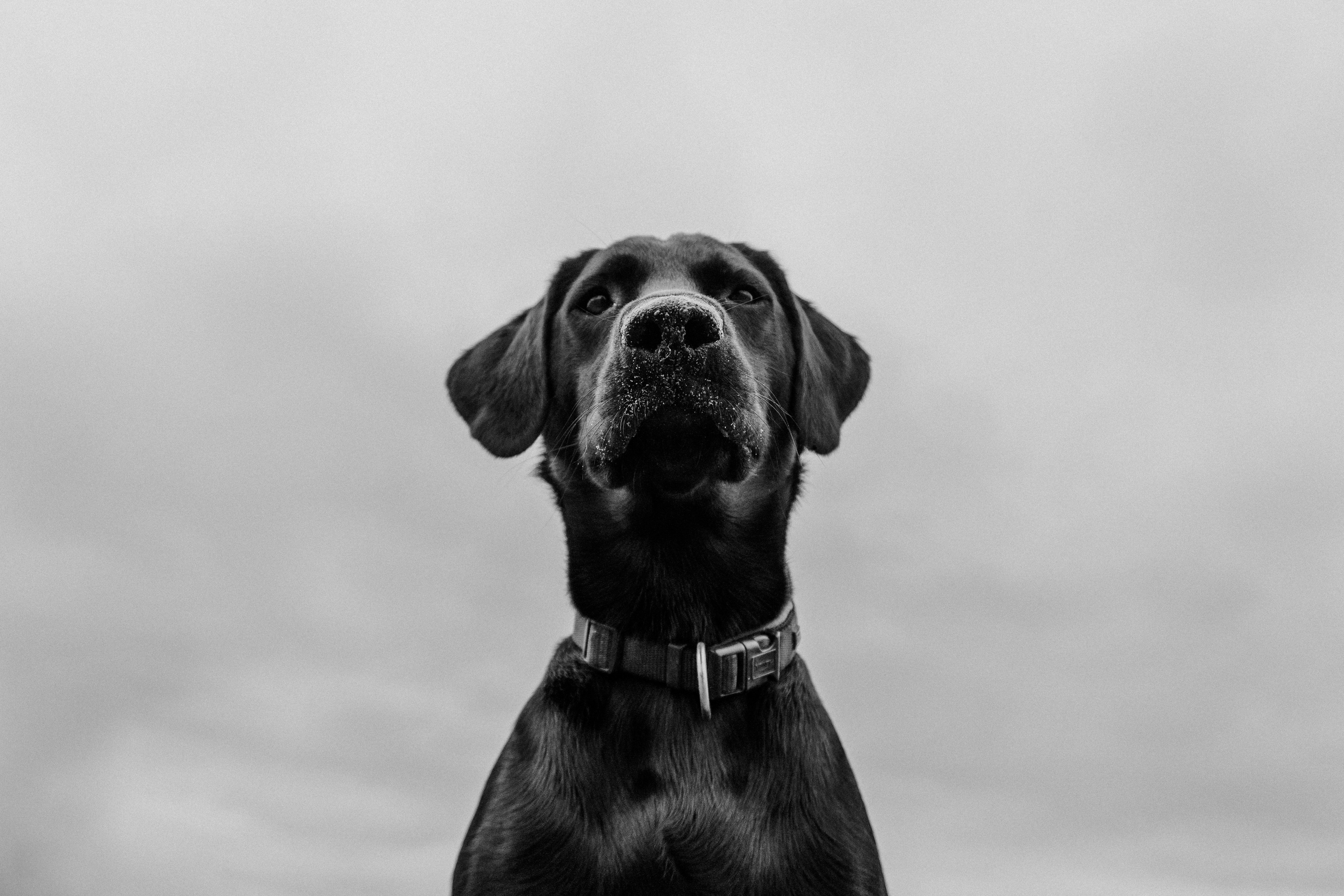
The World’s biggest dog lovers: Which countries spend the most on their canine companions?
The global pet industry has experienced remarkable growth over the past decade, with dogs playing a central role in this expansion. Several countries stand out in terms of their expenditure on canine companions, reflecting cultural values, economic capacities and the deepening human-animal bond.
Let's take a look at some interesting facts from around the globe - which countries spend the most on dogs and why?

United States: Proud dog owners
The United States consistently leads global pet spending, with dogs being a significant contributor to this trend. In 2023, the U.S. pet industry expenditure reached approximately $147 billion, encompassing food, veterinary care, grooming, and other services. Specifically, the pet food segment alone accounted for $64.4 billion during this period.
This substantial spending aligns with the high rate of pet ownership in the country. As of 2024, 66% of U.S. households owned at least one pet, with dogs being particularly prevalent.
Europe: A continent of dog lovers
European countries also demonstrate significant investment in their canine populations:
- United Kingdom: In the UK, a pet owner spends an average of $473 per year on pets, reflecting the nation's deep-seated affection for animals.
- France: France's pet expenditure per pet owner is $1000, underscoring the importance of pets in French households.
- Germany: With a dog population exceeding 10 million in 2022, Germany showcases a robust pet industry, driven by a significant number of dog-owning households. An average pet owner will spend as much as $1090 per year on their pets.
Switzerland: A nation of discerning pet owners
In Switzerland, approximately 12% of households are proud dog owners, reflecting a moderate level of canine companionship compared to other European nations. This equates to a dog population of around 544,000 as of 2023.
Pet Care Expenditure in Switzerland
The Swiss pet care market has experienced steady growth, with the pet food segment playing a significant role:
- Pet Food Market Value: The pet food market in Switzerland is projected to reach approximately $747.44 million by 2025, with an expected annual growth rate of 1.93% from 2025 to 2030.
- Per Capita Expenditure: In 2024, per capita revenue in the pet food market is anticipated to be around US$81.31, indicating a strong commitment among Swiss pet owners to providing quality nutrition for their pets.
Pet Care Services and Purchasing Behavior
Swiss pet owners exhibit particular preferences in pet care services and purchasing channels:
- Veterinary Services: A significant 73.8% of pet owners utilize veterinary services, underscoring the emphasis on pet health and well-being.
- Pet Food Purchasing Channels: The majority of pet food purchases occur through supermarkets (53%), followed by online stores (23.4%) and convenience stores (18.8%), reflecting a blend of traditional and digital shopping habits.
Brazil: Rising pet expenditures
Brazil has emerged as a notable player in the global pet market:
- Pet Population: The country boasts approximately 54.2 million dogs, indicating a high prevalence of canine companions.
- Market Growth: The expanding middle class and increasing disposable income have led to heightened spending on pet food, veterinary services, and accessories, contributing significantly to the national economy.
China: An emerging market
China's pet industry has seen rapid growth in recent years:
- Market Value: The pet care market in China is projected to reach $37.4 billion by 2025, reflecting a growing trend of pet ownership and increased spending on pet-related products and services.
- Pet Population: The country's pet population is estimated to be over 500 million, with dogs and cats being the most popular pets.
Global trends influencing pet spending
Several factors contribute to the increasing expenditure on dogs worldwide:
- Humanization of Pets: Pets are increasingly viewed as family members, leading to higher spending on premium products, healthcare, and specialized services.
- Technological Advancements: The rise of "pet tech" products, such as health monitoring devices and automated feeders, has opened new avenues for spending in the pet industry.
- Health and Wellness Focus: There is a growing emphasis on pet health, leading to increased spending on veterinary care, organic foods, and wellness products.
Conclusion
The global expenditure on dogs reflects a deepening bond between humans and their canine companions. From the United States to emerging markets like China and Brazil, the commitment to providing quality care for dogs is evident in the substantial financial investments made by pet owners. As this trend continues, the pet industry is poised for further growth, driven by innovation and an unwavering dedication to pet well-being.
Sources:
- American Pet Products Association: American Pet Products
- World Population Review: World Population Review
- The Economist: The Economist
- GlobalPETS: globalpetindustry.com
- HealthforAnimals: healthforanimals.org
- Financial Times: ft.com



